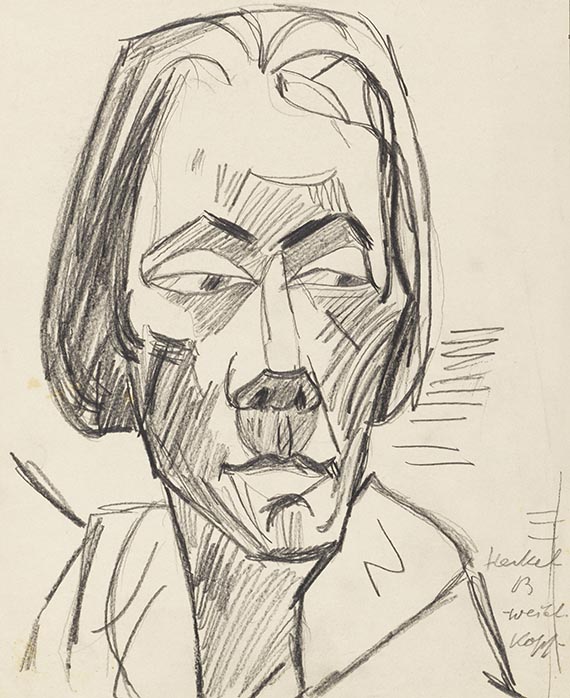
Mining and Metallurgy
Mining is an industry involving the locating, opening up, extraction and preparation of useable natural resources, such as minerals and rocks. The most important raw materials are brown and black coal, iron and metal ore, precious metals, crude oil and gas, salts, minerals, mass natural resources, (e.g. gravel and sand), and stones (eg slate). These raw materials exist in nature in various aggregate conditions (hard, liquid, or in gaseous form). The extraction of these raw materials is dependent on the geological situation and the depth at which they are found. Metallurgy is the making of metals from ore or recycling by reprocessing scrap metal, scoriae and other metallurgical waste into pure metal or alloy.
Mining incorporates three methods of extraction. Boring is used to extract gaseous and liquid raw materials (e.g. crude oil). If the raw material, such as brown coal and some ore and diamonds, can be found near the top layer of the earth, it is extracted using surface mining. Mining in mines is used to extract raw materials, which are located deep in the earth. Tunnels or shafts are dug into the ground, creating a route system where the machines and extraction equipment are then installed and used to obtain the raw materials.
Mining has existed in isolated cases since the Stone Age, and in all cultures since the Bronze Age. The mining centres of antiquity were Cyprus, Lauren in Africa, Spain, Ireland and Cornwall. Up until the 16th century, German mining had a leading role, not only in Germany but also in the rest of Europe, particularly in Hungary and Spain - because of the reputation of German miners. Another important era for mining began in 1550, when technical innovations simplified excavation, making it possible to extract resources at greater depths.
During the 17th century, the state began to take control of mining. Social miners and mine employees’ insurance was introduced, and mining schools opened. The invention of the steam engine in the second half of the 18th century brought with it another high point in the history of mining. Some branches of the industry expanded quickly, and in mid-19th century, many large mining stations were built in Europe (in areas such as Northern France, the Ruhr Valley) and the USA, South Africa and Australia.
The growth in the mining industry during the 16th century is reflected in the number of specific technical publications and tracts with mining related themes published at that time.
Ulrich Rülein von Calw, a doctor from Freiburg, published a pioneering volume on mining in Augsburg in 1500. Another important work was written by George Agricola, a humanist doctor from Saxony. His main work, which was published in 1556 in Basel, "De re metallica libri XII", includes nearly 300 woodcuts, and remained the leading standard work on mining for over two hundred years. Other works of note are Lazarus von Ercker’s "Aula Subterranea" (1672), Gabriel Jars’ "Voyages metallurgiques" (1774-81), and Jacob Leupold’s "Theatrum machinarum generale"(1724-88).

Would you like to sell a work of Mining and Metallurgy?
Infos for sellerART MARKET:
No items found for this field of interest.





